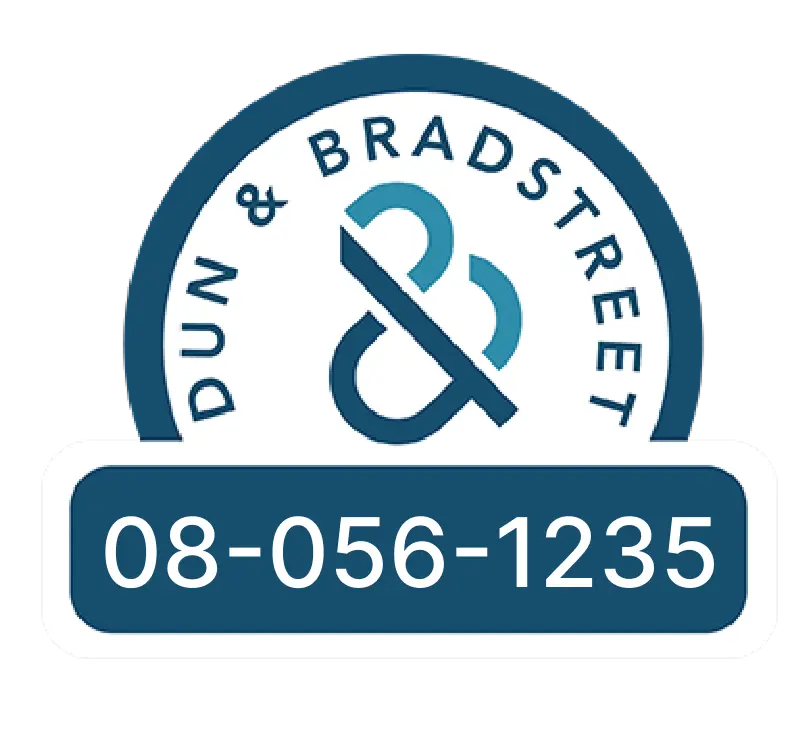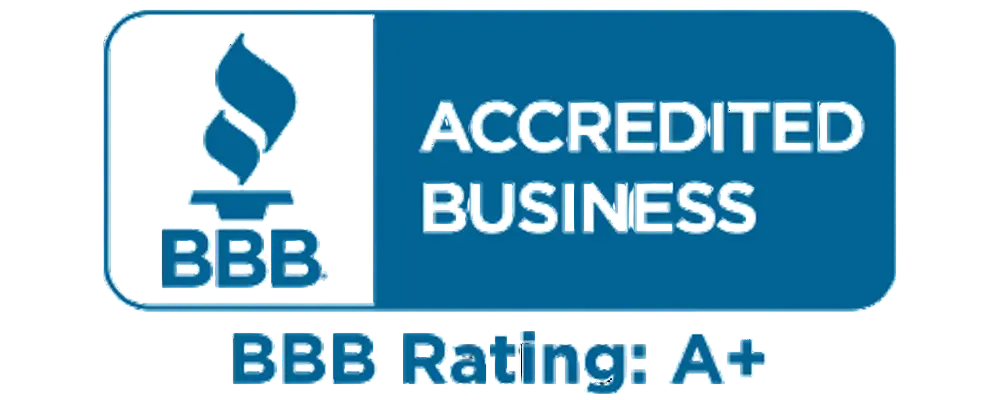Download free PDF
Lymphoma Treatment Market – By Type, By Drug Type, By Route of Administration, By Distribution Channel – Global Forecast 2025 – 2034
Report ID: GMI13320
|
Published Date: March 2025
|
Report Format: PDF
Download Free PDF
Authors: Mariam Faizullabhoy, Gauri Wani



Premium Report Details
Base Year: 2024
Companies covered: 16
Tables & Figures: 148
Countries covered: 22
Pages: 132
Download Free PDF

Lymphoma Treatment Market
Get a free sample of this report
Get a free sample of this report Lymphoma Treatment Market
Is your requirement urgent? Please give us your business email
for a speedy delivery!





Lymphoma Treatment Market Size
The lymphoma treatment market size was valued at USD 8.3 billion in 2024 and is expected to reach USD 18.3 billion by 2034, growing at a CAGR of 8.4% from 2025 to 2034. Lymphoma is a form of cancer that develops from the lymphatic tissue, which is a part of the immune system of the body.
It occurs when lymphocytes, which are a type of white blood cells, proliferate abnormally, leading to malignancies in the lymph nodes as well as other tissues. The two primary subsets are Hodgkin lymphoma and non-Hodgkin lymphoma which are differentiated by presence of Reed Sternberg cells in Hodgkin Lymphoma. Common symptoms include lymphadenopathy associated with fever, fatigue, and loss of appetite.
The lymphoma treatment market worldwide is growing at a rapid pace. This is largely due to the increasing incidence of lymphoma cases across the globe. Non-Hodgkin lymphoma alone constituted over 545,000 new cases and 260,000 deaths in the year 2020 according to the Global Cancer Observatory (GLOBOCAN), and numbers are expected to increase in near future because of aging population and lifestyle choices. In addition to this, the burden of Hodgkin lymphoma is significant as well, which is more prevalent among the youth population. The treatment gap is especially critical in places where healthcare infrastructure is not well developed. The survival rates in these areas are much lower which increases the need for new treatment methods that improve the chances of survival in lower income regions.
Further, new treatment approaches such as CAR T-cell therapies and immune checkpoint inhibitors, which is forecasted to reach USD 189.1 billion by 2032, along with bispecific antibodies, are transforming the treatment of lymphomas. For instance, Axi-cel (Yescarta), which is a CAR T-cell therapy, demonstrated unprecedented results in the ZUMA-7 trial where 55% of patients with aggressive diffuse large B-cell lymphoma survived 4 years post treatment compared to 46% with standard treatment, marking a significant improvement over the 4-year survival rates achieved with existing therapies. Innovations such as bispecific antibodies combined with other targeted therapies are increasing access and improving results while precision medicine continues to fuel growth in the market by addressing significant health gaps.
Lymphoma Treatment Market Trends
Lymphoma Treatment Market Analysis
Based on route of administration, the lymphoma treatment market is bifurcated into oral and parenteral segments. The parenteral segment accounted for the largest market share of 78.7% in 2024.
Based on distribution channel, the lymphoma treatment market is bifurcated into hospital pharmacies, retail pharmacies, and online pharmacies. The hospital pharmacies segment accounted for the largest market share of 45.9% in 2024.
Europe: The UK lymphoma treatment market is expected to experience steady growth from 2025 to 2034.
Asia Pacific: Japan lymphoma treatment market is anticipated to witness lucrative growth between 2025 – 2034.
Middle East and Africa: The lymphoma treatment market in Saudi Arabia is expected to experience significant and promising growth from 2025 to 2034.
Lymphoma Treatment Market Share
The market for lymphoma treatment is extremely competitive, with various pharmaceutical companies contesting for leadership in both established as well as emerging regions. Top 4 players include large multinational companies such as Roche, Bayer, Novartis, and Bristol-Myers Squibb, which dominate the market accounting for approximately 45% of market share with a portfolio of monoclonal antibodies, CAR-T cell therapies, and chemotherapy agents. Biotech firms such as Gilead and Kite Pharma are also noteworthy for their advancements in cancer immunotherapy, and targeted treatments. Additionally, smaller companies are focusing on innovative treatments, such as bispecific antibodies and novel small molecule inhibitors.
Lymphoma Treatment Market Companies
Some of the eminent market participants operating in the lymphoma treatment industry include:
Lymphoma Treatment Industry News:
The lymphoma treatment market research report includes an in-depth coverage of the industry with estimates and forecast in terms of revenue in USD Million from 2021 – 2034 for the following segments:
Click here to Buy Section of this Report
Market, By Type
Market, By Drug Type
Market, By Route of Administration
Market, By Distribution Channel
The above information is provided for the following regions and countries: